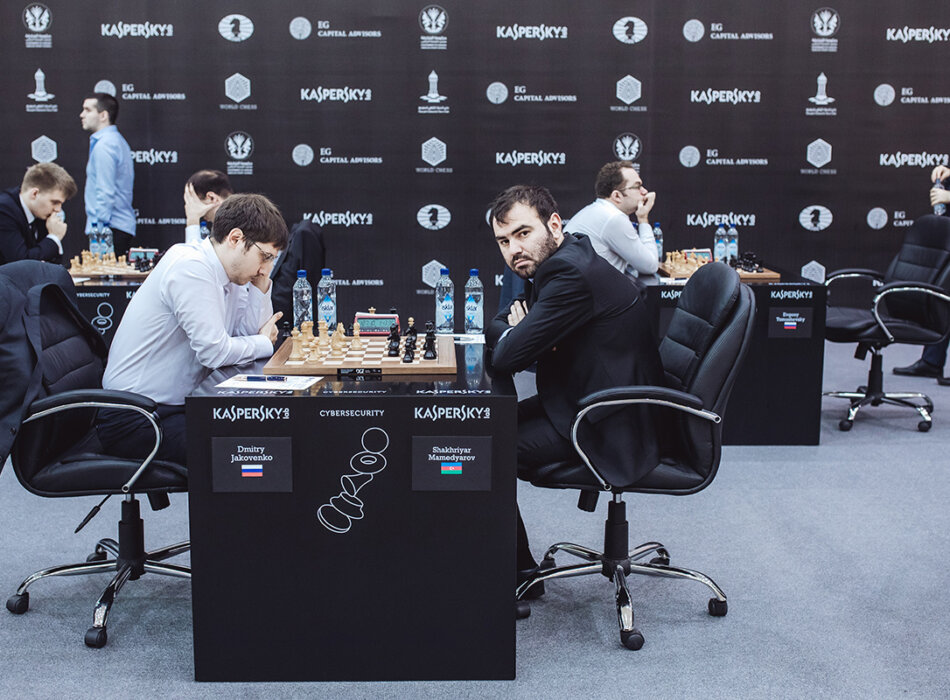This exciting new system is expected to make it much easier for chess players across the world to achieve an international chess rating.
Development of the new rating system was co-funded by the Chess Club and Scholastic Center of Saint Louis and the Kasparov Chess Foundation. Its launch follows more than two years of research. The URS™ has already had a major impact on many of the world’s top players as the January 2017 rating list heavily impacted the selection of the 2017 Grand Chess Tour wild cards.
The launch of the URS™ system represents a quantum leap in the way that chess ratings are calculated and is a completely new approach compared to the historical systems that have been in use since the late 1960s. It introduces the concept of a universal chess rating which is calculated by considering a players results across all time controls.
The system recognizes that there is useful information about a player’s strength in all games regardless of the time limit. As the speed of play increases, less importance is allocated to the game results while older games are also given less importance than more recent ones. All games played within the last six years are taken into account but players’ ratings are simultaneously reassessed whenever a new rating list is generated. In this way, the new ratings are always self-consistent and do not depend on any prior rating list.
The first URS™ rating list was published on Jan. 1, and was accompanied by the launch of an official website, which explains the new methodology in detail.
The rating algorithm was designed and developed by a research team which consisted of Maxime Rischard, J. Isaac Miller, Mark Glickman and Jeff Sonas. This team conducted extensive testing before finalizing the rating algorithm and found that the URS™ consistently predicted game results better than the existing ELO system used by the World Chess Federation. The superior results were observed “on a consistent basis, from year to year, and across all three rating categories”.
Another major draw-card of the URS™ rating system is that it will be free to use for any local organizers or chess federations that wish to make use of it. This is expected to be a major attraction as it will allow scholastic players and locally based amateur players to quickly achieve a URS™ rating by simply playing in their local events.
The new rating system will be piloted throughout 2017 with further optimizations likely at the end of this period. It is ultimately expected to have applications beyond chess and will hopefully find applications in a variety of other sports and games in the near future.
article source
www.universalrating.com







